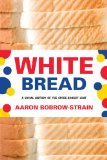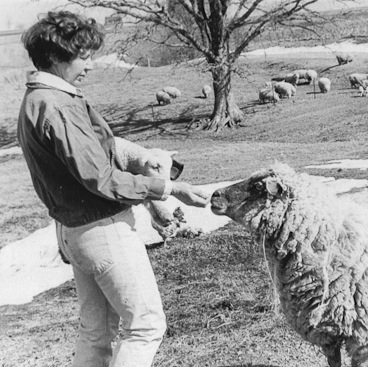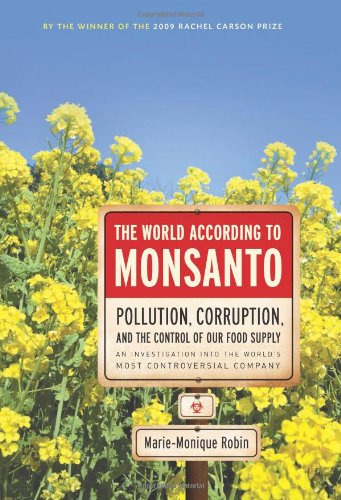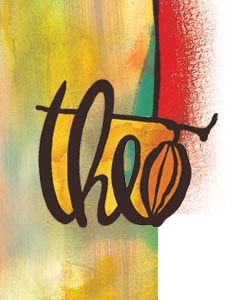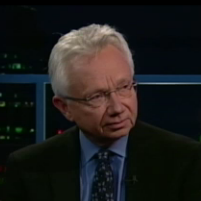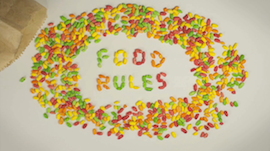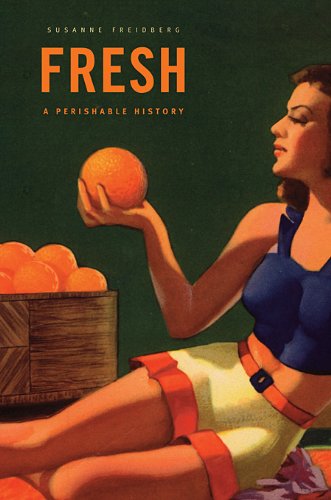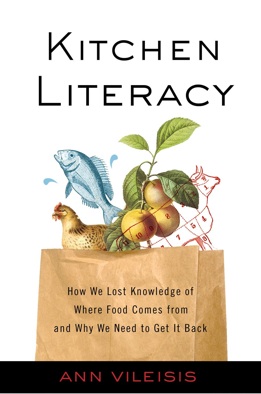White Bread: A Social History of the Store-Bought Loaf by Aaron Bobrow-Strain
How did white bread, once an icon of American progress, become “white trash”? In this lively history of bakers, dietary crusaders, and social reformers, Aaron Bobrow-Strain shows us that what we think about the humble, puffy loaf says a lot about who we are and what we want our society to look like. White Bread teaches us that when Americans debate what one should eat, they are also wrestling with larger questions of race, class, immigration, and gender.

